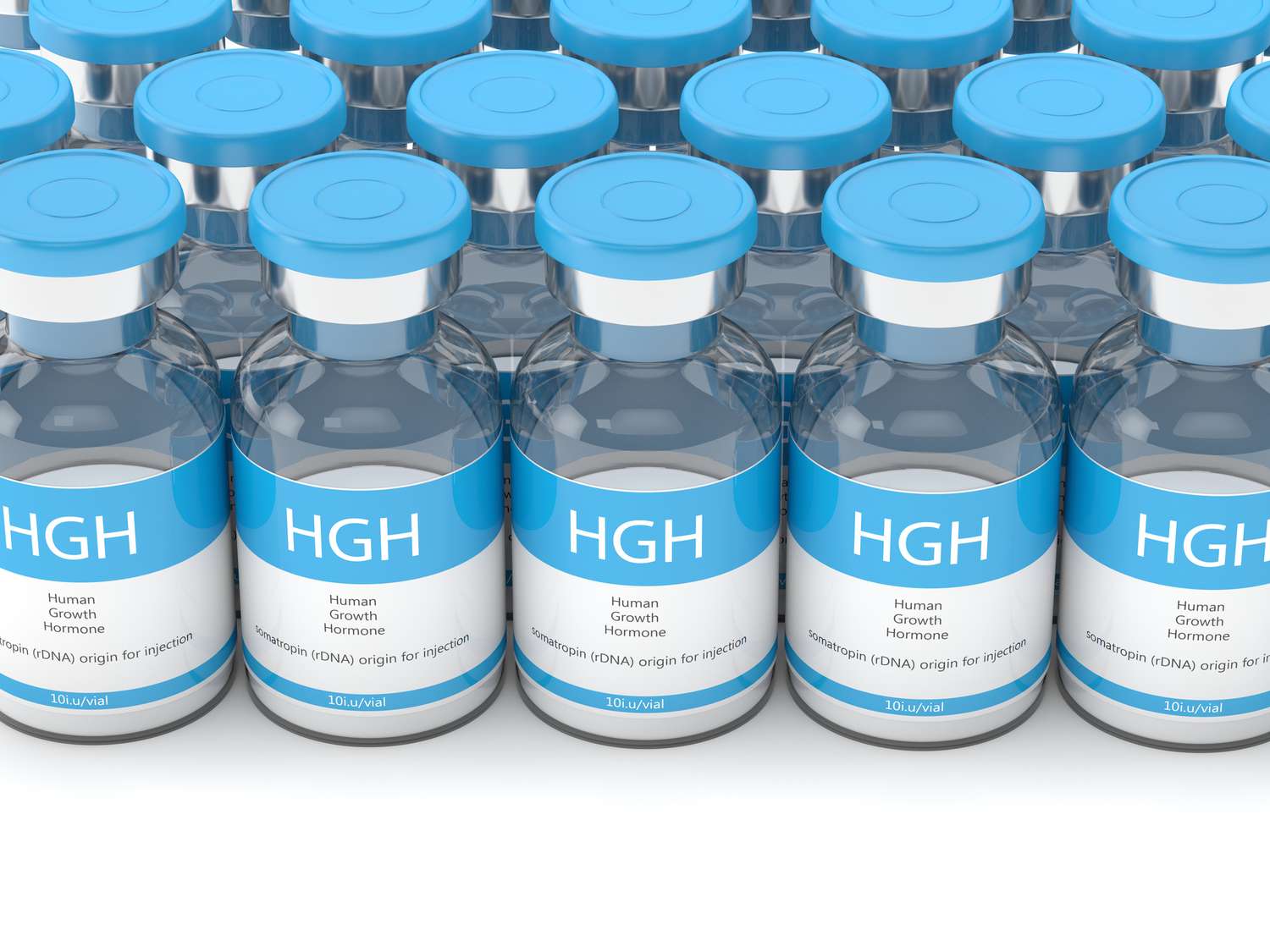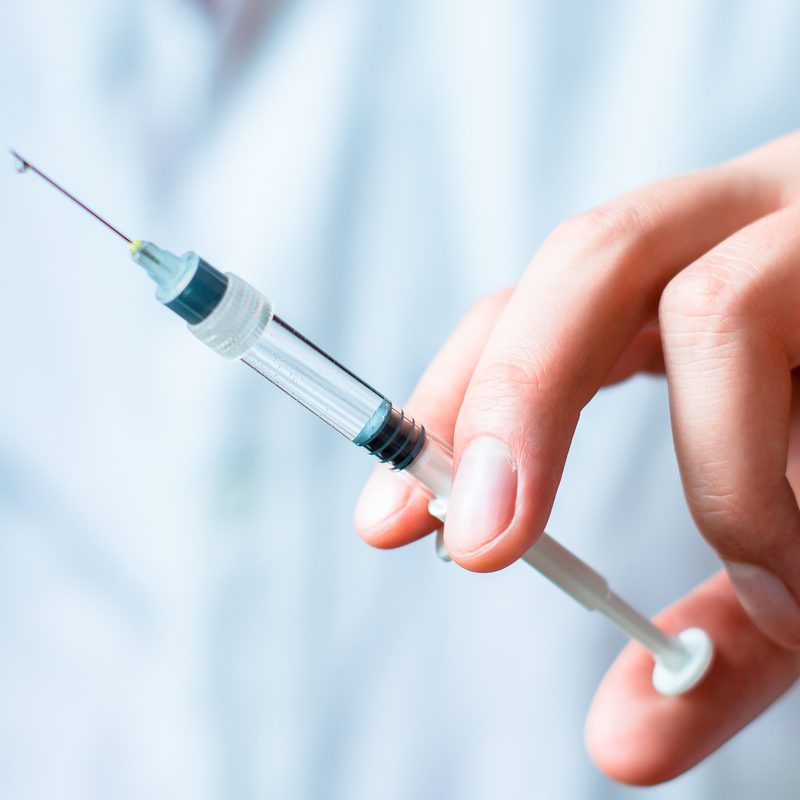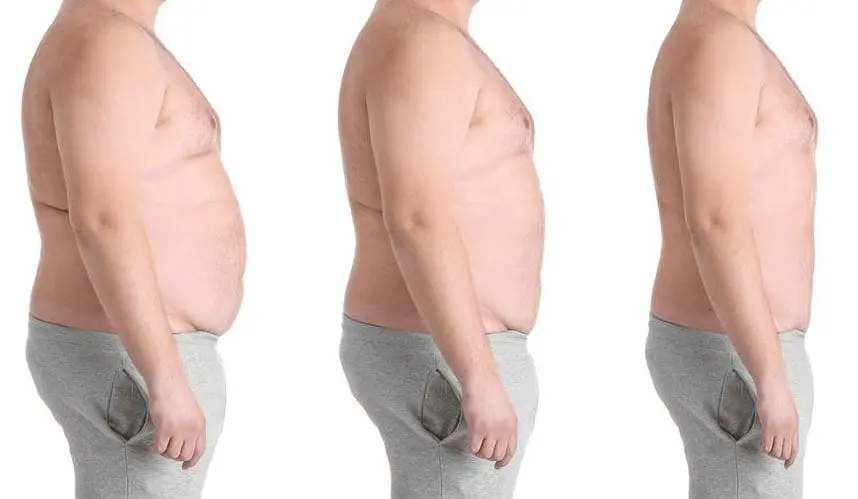Human Growth Hormone (HGH) has garnered attention in various fields, including athletics and anti-aging treatments. Its role in weight loss, however, is a subject of increasing interest. HGH is a naturally occurring hormone that plays a key role in growth, body composition, cell repair, and metabolism. Some studies suggest that HGH can aid in weight loss by increasing the rate at which the body burns fat and improving metabolic functions.
Using HGH in a controlled cycle, typically referred to as an HGH cycle, is one method believed to enhance its weight loss effects. This involves administering the hormone in specific doses over a set period of time. Stacking strategies also exist, where HGH is used in conjunction with other supplements or hormones to potentially heighten its effects on fat loss. It is essential to understand these cycles and stacking methods thoroughly, especially given the careful consideration needed for dosage and timing to minimize side effects and promote safety.
Quick Summary
- Human Growth Hormone may aid in weight loss by improving fat burning and metabolism.
- Administering HGH in a structured cycle and stacking with other supplements could enhance its weight loss effects.
- Understanding proper administration and safety guidelines is crucial to maximizing benefits and measuring progress.
Human Growth Hormone and HGH Weight Loss Aspect

Human Growth Hormone plays a pivotal role in metabolism and fat loss. Its interaction with other hormones and effects on muscle growth are complex yet essential for understanding its impact on weight management.
The Role of HGH in Metabolism
Human Growth Hormone (HGH) directly affects the body’s metabolism, the process through which it converts food into energy. HGH stimulates the liver to produce Insulin-like Growth Factor 1 (IGF-1), which in turn promotes tissue growth and plays a crucial role in muscle building and repair. This hormone is vital for regulating glucose and lipid metabolism, ensuring that the body efficiently uses energy.
Growth Hormone and Fat Loss Mechanisms
HGH facilitates fat loss primarily by promoting the breakdown of lipids, a process known as lipolysis. This process increases the availability of fatty acids in the bloodstream, which can then be used for producing energy. Notably, HGH has been found to target visceral fat, which is linked to numerous metabolic diseases. Additionally, HGH improves the muscle-to-fat ratio, creating a more favorable body composition that can contribute to the efficiency of metabolic processes.
HGH vs. Anabolic Steroids
It is important to distinguish between the effects of Human Growth Hormone and anabolic steroids, as they are both used to promote muscle gain and improve body composition but function differently. Anabolic steroids tend to increase muscle size and strength by mimicking testosterone, which causes an acceleration of muscle protein synthesis. In contrast, HGH indirectly promotes muscle growth through IGF-1, and its fat-reducing effects make it a distinct entity in weight management strategies. Unlike anabolic steroids, HGH does not have the same tendency for causing androgenic side effects.
References
- “Insulin-like Growth Factors.” National Institute of Health. https://www.ncbi.nlm.nih.gov/books/NBK45504/
- “Effect of Growth Hormone on Body Composition and Visceral Adiposity.” The Journal of Clinical Endocrinology & Metabolism. https://academic.oup.com/jcem/article/87/11/5044/2823402
HGH Weight Loss Cycle

An HGH weight loss cycle typically involves using human growth hormone to promote the reduction of body fat and the increase of lean mass. Careful consideration of dosage and cycle duration is essential for effective results.
Determining the Right Dosage
The appropriate dosage of HGH for weight loss varies between individuals. One should start with a low dose to assess tolerance and gradually increase as needed. For weight loss, a dose ranging from 1 to 3 IU per day is common. It’s crucial to note that the individual’s body composition and weight loss goals should dictate the final dosage.
- Initial Dose: 1 IU per day
- Common Dose Range for Weight Loss: 1-3 IU per day
The Impact of Cycle Duration on Results
The duration of an HGH cycle can greatly affect the outcomes. Shorter cycles may not yield significant changes in body composition, while longer cycles can lead to more pronounced weight loss and lean mass gains. Cycles typically last from 12 to 16 weeks. Optimal results often require adherence to the full duration of the cycle.
- Short Cycle: Less than 12 weeks (not recommended for significant weight loss)
- Standard Cycle Duration: 12-16 weeks
- Optimal Timing: Consistent daily doses, preferably in the morning or after exercise
For safety, it’s imperative to monitor the cycle closely, adjusting doses and timing to reduce the risk of side effects.
Effective Stacking Strategies

When it comes to enhancing the efficacy of Human Growth Hormone (HGH) for weight loss, stacking strategies play a crucial role. These strategies typically involve combining HGH with other substances or peptides to optimize the benefits and reduce the potential for adverse effects.
Combining HGH with Other Substances
Human Growth Hormone can be stacked with a variety of substances to potentiate fat loss and muscle-building effects. The most common include:
- Steroids: Stacking HGH with anabolic steroids can amplify the muscle-building effects. Testosterone is frequently paired with HGH to achieve significant anabolic effects, but this combination should be used cautiously due to possible side effects.
- Insulin: Some individuals stack HGH with insulin to counter HGH-induced insulin resistance. This could potentially enhance lipolysis, though the risk of hypoglycemia must be managed.
It is imperative to approach such combinations with a clear understanding of the associated risks and to have them monitored by a healthcare professional.
Peptide Stacks
A peptide stack refers to the combination of HGH with other peptides that stimulate growth hormone secretion or have complementary actions. The inclusion of peptide stacks might:
- Enhance Growth Hormone Release: Specific peptides, such as GHRP-6 or Ipamorelin, may boost HGH levels by stimulating its release.
- Target Fat Loss: Aod-9604 is a peptide that may specifically target fat reduction without significant impact on blood sugar or tissue growth.
To ensure safety and effectiveness, peptide stacks should always be constructed with a clear understanding of the individual peptides’ actions and potential interactions.
By adhering to these strategies and stacking principles, individuals can make informed decisions about using HGH for weight loss and overall body composition improvement. However, due to the potential risks involved, supervision by a qualified healthcare professional is essential.
Administration and Safety Guidelines

When administering HGH for weight loss, adherence to proper injection techniques and a thorough understanding of potential side effects are crucial for a safe and effective treatment.
Proper Injection Techniques
Human Growth Hormone (HGH) should only be injected after proper medical assessment and under supervision of a healthcare provider. Injection of HGH is typically subcutaneous, meaning it is injected just below the skin. This method is preferred for the consistent absorption rates it offers.
- Site of Injection: Commonly, injections are administered in the fatty tissue areas such as the abdomen or thighs.
- Sterility: Use sterile needles and syringes.
- Rotation of Injection Sites: To minimize tissue damage, rotate injection sites regularly.
- Dosage and Schedule: Follow the prescribed dosage and timing rigorously to avoid complications.
Side Effects and Risk Management
Being aware of and managing side effects are essential for safely using HGH. While HGH can help reduce body fat and support muscle composition, it’s not without risks.
- Common Side Effects:
- Muscle pain
- Joint pain
- Numbness in the skin
- Carpal tunnel syndrome
- Serious Side Effects:
- Elevated blood sugar levels, risking diabetes development
- Potential to exacerbate pre-existing tumors or cancer
Managing Risks:
- Monitoring: Regular follow-ups with a healthcare provider for blood tests and assessment of symptoms.
- Reporting: Promptly report any persistent side effects to a medical professional.
- Adjustments: Dosage may need adjustment based on side effect severity and individual response.
Maximizing Benefits and Measuring Progress

To enhance the effects of HGH for weight loss, individuals must monitor their body composition and align their nutrition and exercise regimens effectively.
Tracking Body Composition and Fitness Goals
Tracking body composition is essential in assessing how effectively the human growth hormone (HGH) is contributing to weight loss and muscle growth. Body composition scales and calipers are commonly used tools for measuring body fat percentage and lean mass. It is important for an individual to set realistic fitness goals, which may include incremental improvements in strength, muscular endurance, or post-workout recovery. They should also record their baseline metrics before starting an HGH cycle and routinely measure results to assess progress.
- Lean Mass Increase: Track the increase in muscle mass over time.
- Strength Gains: Monitor improvements in lifting heavier weights or performing more repetitions.
- Recovery Rates: Note any reduction in recovery time after workouts.
Nutrition and Workout Considerations
To achieve optimal results with HGH, a structured approach to nutrition and workouts is necessary. A high-protein, moderate-carb, and low-fat diet can support muscle growth and recovery. Hydration and timing of nutrient intake around workouts also play a significant role. For workouts, incorporating a mix of resistance training and cardiovascular exercise maximizes fat loss while promoting muscle mass increases. Customization of workout programs should reflect the experience and capability of the individual—novice athletes might require different exercises and recovery periods compared to seasoned bodybuilders.
- Diet Composition:
- Protein: Essential for muscle repair and growth.
- Carbohydrates: Provide energy for workouts.
- Fats: Necessary for hormone production, but should be limited.
- Workout Routines:
- Resistance Training: Key for building strength and lean muscle.
- Cardio: Helps in reducing fat percentage while maintaining lean mass.
Consistent application of these strategies contributes to better outcomes in the use of HGH for enhancing body composition and achieving weight loss goals.
Real-World HGH Weight Loss Results

This section examines the outcomes of HGH usage in weight management from the perspectives of athletes, bodybuilders, and individuals through their personal narrations.
Athletes and Bodybuilders’ Outcomes
In the realm of professional sports, especially in bodybuilding, the results from Human Growth Hormone (HGH) for weight loss and muscle definition are noteworthy. Athletes have generally reported improved body composition with a notable reduction in body fat percentage and enhanced lean muscle mass. Records from bodybuilding forums and clinical observations suggest HGH, when used in a cycle, contributes to the acquisition of a leaner physique. For instance, a 12-week HGH cycle might manifest in a reduction of approximately 1.5% in body fat, on average, for a committed athlete following a strict diet and exercise regime.
- Reported Decrease in Body Fat:
- Before HGH Cycle: 20%
- After HGH Cycle: 18.5%
- Gains in Lean Muscle: An increase is often recorded, although the specific amount can vary based on individual training intensity and diet.
Personal Experience Narratives
Personal experiences with HGH offer a further illustration of its impact on weight loss. Testimonials on health and fitness blogs detail how individuals using HGH have experienced a significant transformation in their body composition. They talk about a gradual but steady decrease in adipose tissue and an increase in muscle firmness. For example, a testimonial from a 40-year-old woman highlighted a loss of 10 pounds over a six-month HGH regimen, coupled with moderate exercise.
- Example 1: A 30-year-old female reported losing 10 pounds in the span of six months on HGH therapy.

- Example 2: A middle-aged man remarked on improvements in muscle definition with a modest reduction in body fat over a four-month course.

It should be noted that these anecdotes, while valuable for insight, are not controlled clinical data and individual results can vary.
Frequently Asked Questions

This segment offers insights into some of the common inquiries surrounding Human Growth Hormone (HGH) cycles for weight loss, including cycle duration, combination with steroids, dosage guidelines, and cost factors.
What is the typical duration for an HGH Weight loss cycle?
The duration of an HGH cycle focusing on weight loss typically ranges from 3 to 6 months. This period allows the body to adequately utilize HGH for fat loss, with users monitoring results and side effects.
How does combining HGH with anabolic steroids affect fat loss results?
Combining HGH with anabolic steroids can potentially enhance fat loss results. Anabolic steroids might increase muscle mass, thereby raising the basal metabolic rate, while HGH targets fat stores for energy.
What are the expected results from a 4iu per day HGH regimen?
On a 4iu per day HGH regimen, individuals can anticipate gradual fat loss and lean muscle gains. Results may vary, but consistent use over several months is a common approach to achieving noticeable body composition changes.
What dosage guidelines should beginners follow when starting an HGH cycle?
Beginners are advised to start with a lower dosage of HGH, typically around 1-2iu per day. This helps assess tolerance and reduce the risk of side effects. Dosages may then be adjusted based on individual response.
How should HGH be stacked with testosterone for maximum weight loss benefits?
For maximum fat loss, HGH can be stacked with testosterone at a moderate dosage. The HGH can stimulate fat metabolism, while added testosterone may promote muscle growth and additional fat burning.
What are the cost considerations for undertaking an HGH cycle for bodybuilding purposes?
The cost of an HGH cycle varies based on dosage and cycle length but tends to be significant. High-quality HGH is costly, and sustaining a cycle for optimal results requires a financial commitment.
Dr. Grant Fourie, a specialist in male hormones, is based in Cape Town, South Africa. He provides comprehensive treatments for conditions related to low testosterone, such as erectile dysfunction, fatigue, and mood changes. His methods include hormone replacement therapy and other modern treatment options.
Contact me via email or phone to book personal appointment in my clinic: The Village Square, Cape Town - South Africa



